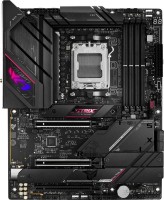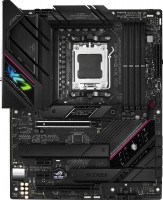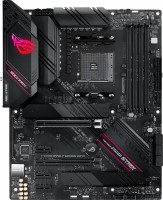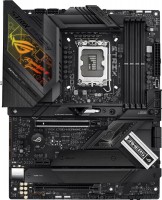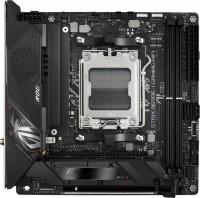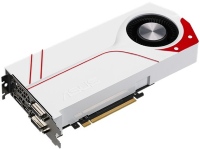Graphics Cards Asus series ROG Strix (TOP)
prices on 25 modelsAsus ROG Strix series
As part of the ROG line, Asus strives to give gamers the most authentic experience, no matter what it costs. The ROG Strix series includes only really powerful video cards that can be attributed to the medium-high and high level: the latest innovations in the ROG 2020-2021 model range are top-end video cards based on new NVIDIA Ampere and Radeon Big Navi architectures.
Unlike the models of the TUF, Dual and Phoenix families, the ROG line cards use chokes made of high-quality alloy, solid-state polymer capacitors and a specialized Axial cooling system. Considering the class of video cards and the size of printed circuit boards, cooling systems most often rely on the forces of three turntables, which have different shapes and rotate in different directions, which reduces turbulence and, as a result, increases airflow. Despite the record power, most of the ROG models can be called quiet even under heavy load.
 |
In the case of the ROG series, Asus takes every detail as seriously as possible. Almost all representatives of this series are equipped with a powerful address illumination system, which is generously scattered around the case and casing. A powerful Armoury Crate command centre is provided to control the backlight and synchronize it with other components. And of course, the cards themselves can boast of an increased threshold of incoming power and serious factory overclocking, so that in tests they bypass identical offers from Asus itself and competing companies.
By the way, this is one of the rare series in which you can find an RTX 3080 with a built-in water block or a monstrous RTX 3090 in a purely gamer version. Although NVIDIA itself compares the latter with Titan class cards and positions it as a graphics card for complex highly specialized tasks like rendering complex 3D scenes or editing a video stream in 8K resolution.

